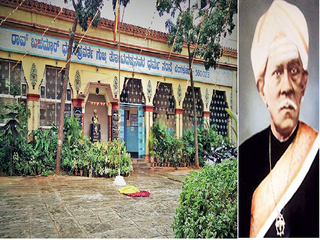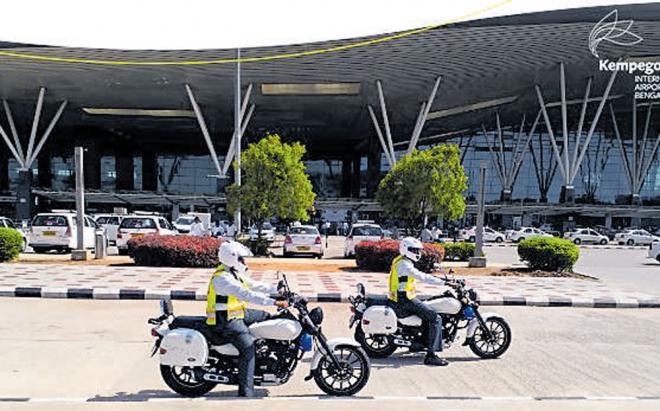
HIGHLIGHTS
___________________________________
Bengaluru :
The Embassy Group has sold an apartment for Rs 50 crore to Ajit Prabhu, chairman and chief executive of engineering outsourcing company Quest Global, making it the biggest residential deal in Bengaluru, according to people familiar with the matter.
Prabhu has bought the 16,000-sqft apartment in Embassy One, near Hebbal, which houses a 230-room Four Seasons luxury hotel, 110 Four Seasons-branded residences, 150,000 sqft of office space and 60,000 sqft of retail space. The per-sqft rate for the apartment works out to about Rs 31,000. Last year, Flipkart’s Binny Bansal acquired a 10,000-sqft home in Koramangala III Block -a coveted neighborhood of self-made billionaires -for Rs 32 crore.
Prabhu, who grew up in Hubballi, divides his time between Singapore and India. He will own the yet-to-be customized apartment on the top of the South Tower, and it’s the 30th floor. The first 21 floors will be dedicated to the Four Seasons hotel, and the rest will be serviced residences. Bollywood actress Deepika Padukone and some of the Infosys co-founders were among the first to invest in these branded residences. Embassy confirmed the deal, but declined to confirm the buyer. Prabhu could not be immediately reached for comment. “Sales like this bring a great sense of confidence in the market,” Reeza Sebastian, head of Embassy residential marketing and sales, told TOI.
The 1-million-sqft project, previously called City View, was originally owned by Goldman Sachs (73%) and Dayanand Pai’s Century Real Estate Holdings (26%). The investment bank entered into a conditional agreement to sell it to RMZ a few years ago, but failed following opposition from its minority shareholder.
Embassy, led by its flamboyant billionaire promoter Jitu Virwani, stepped in and bought the entire project for Rs 605 crore. During this period of uncertainty, the project was hobbled by delays and ran the risk of being classified as a nonperforming asset by the State Bank of India (SBI).
Prabhu, who has made 75% of the payment, is expected to move in once the apartment is ready by the middle of 2018. Sebastian said the company has sold about 52% of the apartments. The residences will have concierge services, 24 hour valet parking, and residents will enjoy the hotel’s paid services such as room service, limousines and apartment-cleaning.
source: http://www.timesofindia.indiatimes.com / The Times of India / News> City News> Bangalore News / by Avik Das / TNN / October 11th, 2017





